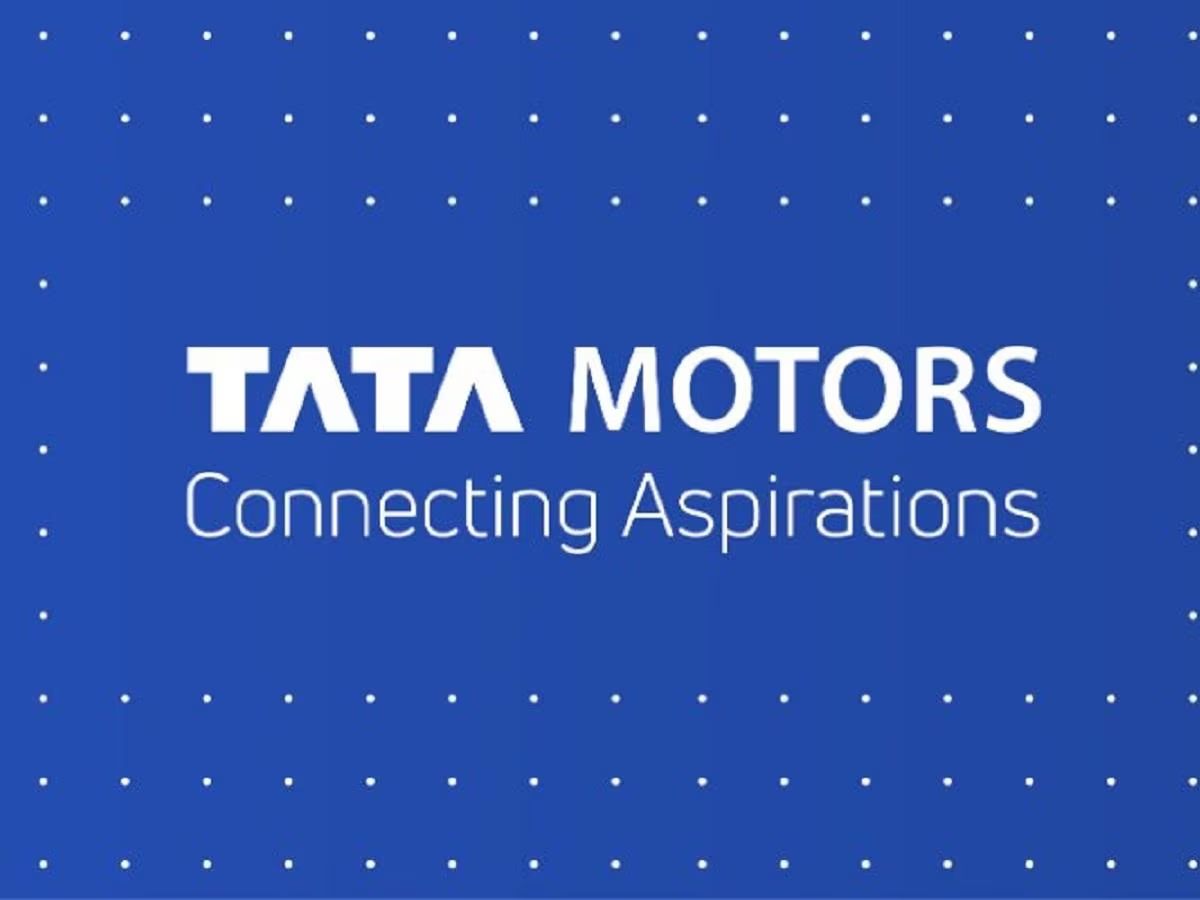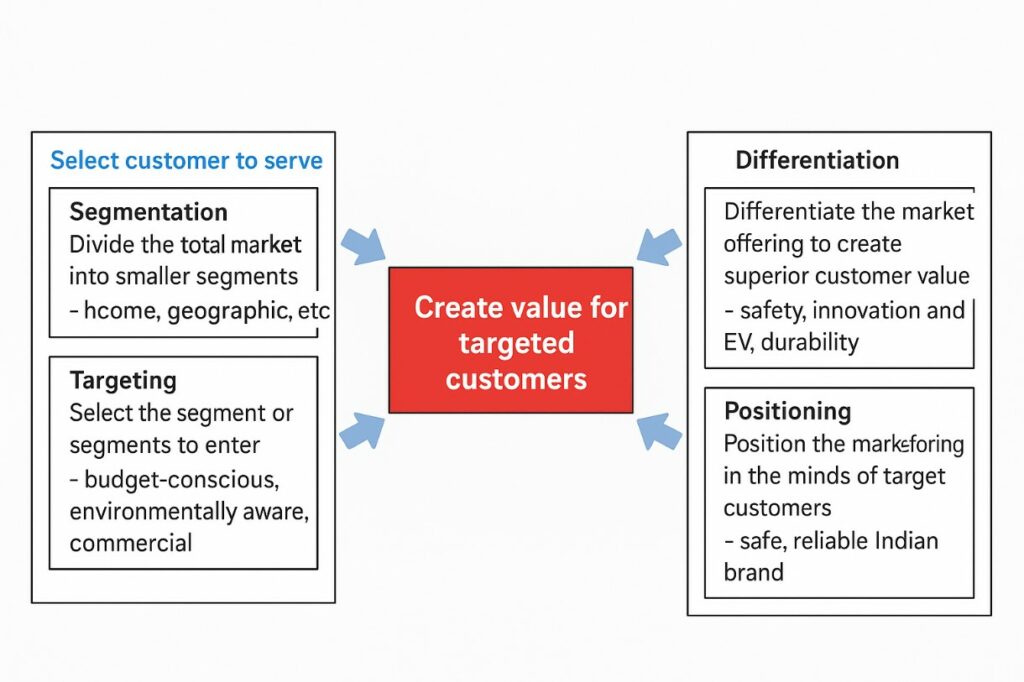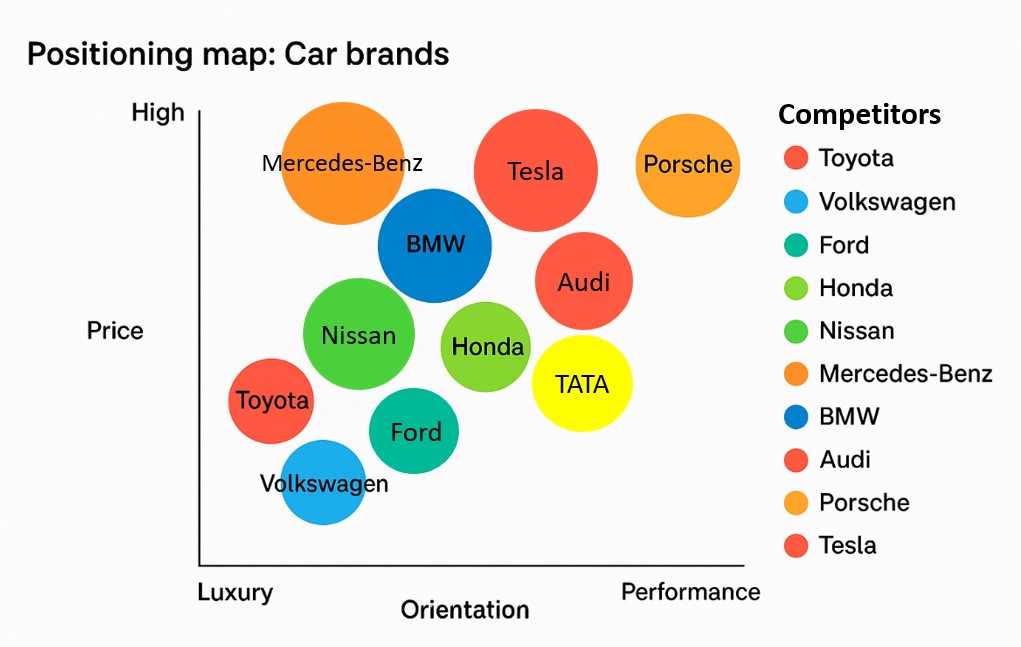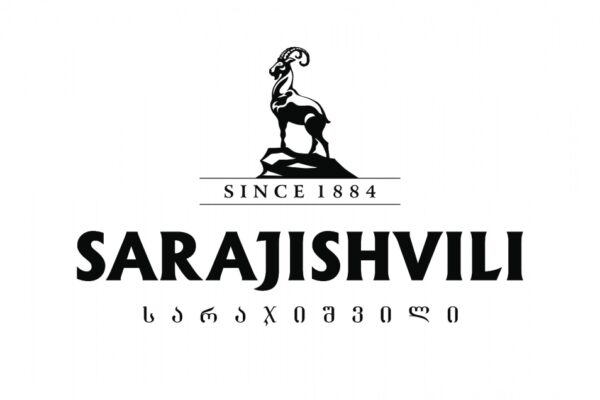
TATA Motors: A Strategic Marketing Perspective Using STP and Value Proposition

TATA Motors, one of India’s leading automobile manufacturers, has successfully leveraged the STP (Segmentation, Targeting, and Positioning) framework along with a strong value proposition to establish itself in both domestic and international markets. This strategy enables the company to create superior value for its targeted customers by understanding their needs, aligning its offerings, and differentiating itself effectively from competitors.
- 1. Segmentation – Dividing the Market
TATA Motors uses a mix of segmentation bases to understand its diverse customer base. These include:
- Demographic Segmentation: TATA targets different income groups. Budget-conscious middle-class customers are offered affordable models like the Tata Tiago and Tata Punch, while higher-income customers are targeted with premium models like Tata Harrier and Safari.
- Geographic Segmentation: The company considers urban vs. rural differences. Urban customers may prefer compact cars like the Tata Altroz, while rural customers and businesses are served with rugged commercial vehicles like the Tata Ace or trucks suited for tough terrains.
- Behavioral Segmentation: Segments are also based on product usage. For example, customers seeking eco-friendly alternatives are targeted with electric vehicles like the Nexon EV and Tigor EV, while commercial fleets and logistics companies are served by Tata’s cargo and heavy-duty vehicles.
- Psychographic Segmentation: TATA addresses values and lifestyles as well. Environmentally conscious users, for instance, are offered electric models that promote sustainability, aligning with India’s green mobility goals.
- Targeting – Choosing the Segment(s) to Serve
TATA Motors adopts a multi-segment targeting strategy, allowing it to cater to various consumer needs across the market spectrum. Each segment is served with specially tailored products:
- Economy segment: The Tiago and Punch provide reliable, cost-effective vehicles for families and first-time buyers.
- Electric segment: Nexon EV and Tigor EV target environmentally aware customers, making Tata a front-runner in India’s EV revolution.
- Commercial and utility segment: Tata trucks and light commercial vehicles like Tata Ace serve the transportation, logistics, and agricultural sectors.
- Premium and SUV segment: With the growing demand for SUVs, Tata offers models like the Harrier and Safari, appealing to status-conscious consumers looking for style, power, and comfort.
By catering to various segments, TATA maximizes market coverage and meets the specific needs of its audience.
- Differentiation – Creating Superior Value
TATA Motors sets itself apart from the competition through several differentiating factors:
- Safety Leadership: Several Tata models, including Nexon and Punch, have achieved 5-star safety ratings from Global NCAP, making them leaders in vehicle safety in India.
- Affordability with Features: TATA provides advanced features and robust quality at competitive prices, offering value for money.
- Innovation and Sustainability: TATA was among the first to invest in electric mobility in India. The Nexon EV has become one of the best-selling electric cars in the country.
- Durability and Reliability: Particularly in the commercial segment, Tata vehicles are known for their strength, endurance, and low maintenance, making them ideal for demanding conditions.
These differentiators build trust and loyalty, enhancing customer satisfaction and brand value.
- Positioning – Shaping Customer Perceptions
TATA Motors positions itself as a “safe, reliable, and forward-thinking Indian brand”. Its messaging appeals to both emotional and rational drivers:
- Emotional positioning: The brand taps into national pride with slogans like “Connecting Aspirations” and its image as a homegrown brand with global standards.
- Functional positioning: It emphasizes safety, affordability, sustainability, and innovation.
Through consistent communication and product delivery, TATA has firmly placed itself in the minds of consumers as a brand that stands for trust, value, and progressive technology.


- X-axis: Orientation (Luxury ←→ Performance)
- Y-axis: Price (in thousands of $)
- Circle size: Rough idea of market presence globally
Conclusion
TATA Motors’ effective application of the STP process—segmenting the market intelligently, targeting multiple customer segments with appropriate products, and positioning its brand strongly—combined with a clear and compelling value proposition, has enabled the company to thrive in a highly competitive market. This approach not only enhances customer value but also reinforces TATA’s reputation as a socially responsible, innovative, and customer-focused automobile leader.
Shifaa Sarfraz Hussain Diwan


